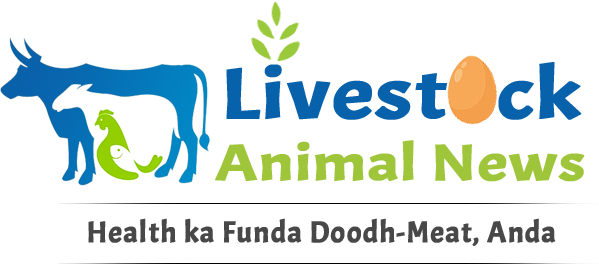Artical By- Ricky Thaper, Treasurer, Poultry Federation of India
NEW DELHI. The Indian poultry sector, now an integral part of agriculture, has played a crucial role in meeting protein and nutritional needs of the large population. Over the past two decades, it has evolved into a mega-industry, positioning India as a major global producer of eggs and broiler meat. While the production of crops has been rising at a rate of 1.5% to 2% annually that of eggs and broilers has been rising at a rate of 6 to 9% per annum. According to the department of Animal Husbandry, Government of India, the poultry sector in India has witnessed a remarkable growth, with chicken meat growing at an annual growth rate of 8% to 9% in the last 8-10 years. The growth in eggs rose by 6% to 7% annually during the same period.
Poultry production in India has taken a huge leapin the last four decades, emerging from conventional farming practices to commercial production systems with state-of-the-art technological interventions.Currently, the total Poultry population in India is 851.81 million (as per 20thLivestock Census) and egg production is around 129.60 billion during 2021-22. According to the Food and AgricultureOrganization Corporate Statistical Database (FAOSTAT) production data (2021), globallyIndia ranks second in egg Production and fifth in meat production. Egg Production in the country has increased from 78.48 billion in 2014-15 to 138.38billion Nos. in 2022-23. Egg production in the country is growing at theCompound Annual Growth Rate (CAGR) of 7.35% over the past 9 years. India’s meat production has increased from 6.69 million tonnes (MTs) in 2014-15 (April-March)to 9.77 MT in 2022-23. The annual poultry meat production is estimated at 4.99 MT. The Increase in the average income and the urban population has led to a tremendous increase in the poultry demand and a steady increase in consumption over the years. Production of poultry meat was only one million tonne (MT) during 2001-2002-3. While the poultry sector is one of the fastest growing sectors inthe country, it is dominated by the wet market. According to a report byConfederation of Indian Industry, the shift in demand from live birds to fresh chilled and frozen poultry product market has been rather slow and processing levels are also at a lower level of 6% of the total production. The aim is to increase processing to 20-30% of the output in the next decade. There is huge potential for India to increase poultry production through rapid improvements in genetic animal health and feeding practices.
Role of imported grains in poultry sector
India has been self-sufficient in cereals such as rice and wheat and the country has been the biggest global exporters of rice since last decades. In terms of oilseeds, India imports about 58% of the annual requirement of edible oils, mostly palm, soybean and sunflower. India’s domestic production of soybean is the second biggest producer of oil after mustard seed. The demand for the soymeal is largely met through domestic production. However in 2021-22, India allowed 1.2 million tonnes of genetically modified (GM) soymeal to help the poultry industry after animal feed prices tripled in a year to a record high. In addition to soymeal, the poultry sector also uses maize as a key ingredient of poultry feed. However, with the government aiming to produce ethanol from maize instead of sugarcane may result in a shortfall in domestic supplies which would meet demand of both poultry as well as the bio-fuel sector. India needs to allow imports of GM maize as well as focus on increasing domestic production as demand from poultry, starch industry as well as biofuel sectors are rising steadily.
















Leave a comment